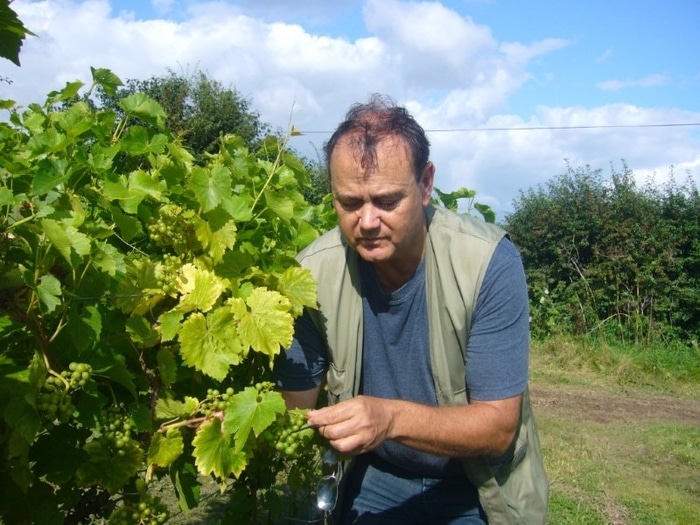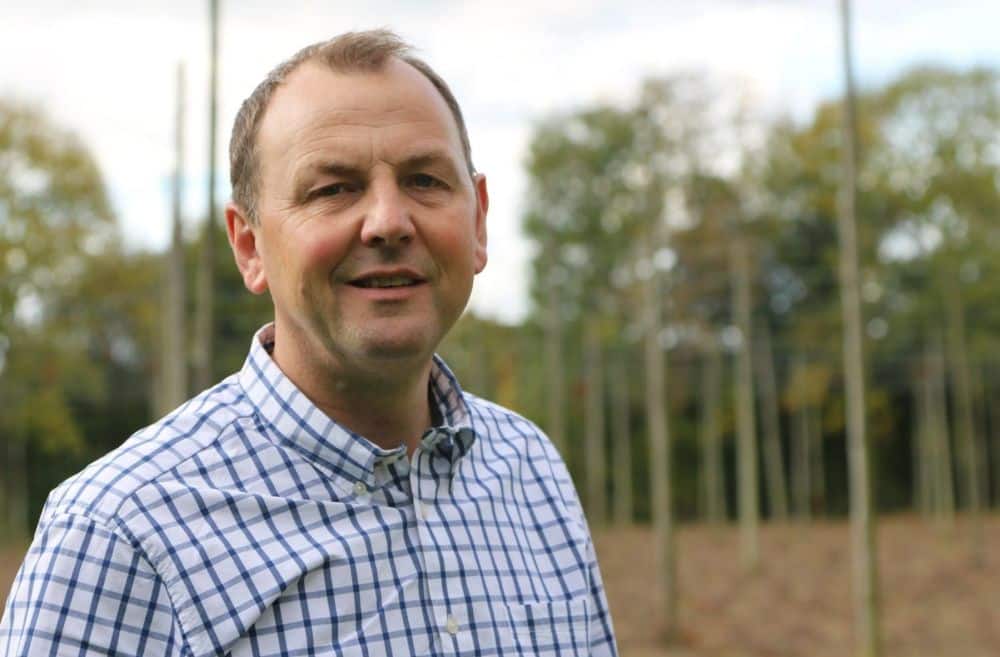Helping vines make up lost ground – Vineyard – Rob Saunders, Chris Cooper
The slow start to the growing season may have implications throughout the rest of the year ...
Hutchinsons Rob Saunders and Chris Cooper offer some advice to help growers maximise crop potential.
Accurately assessing crop load and ripening potential is vital when growers are concerned bunches won’t ripen in time, and some will consider manual thinning.
The lack of Growing Day Degrees (GDD’s) throughout April and May reduced the frost risk, but caused concern for many growers, prompting questions about what crop load can be successfully carried through to ripening and harvest.
GDD’s or Latitude Temperature Index (LTI) is never an exact science and we have seen before how quickly the situation can change given increased sunlight and the warmth of mid-summer. So if things haven’t changed much through June, then this is the time to re-assess. In 2018 vines suffered a similarly slow start following the “beast from the east” only to race through growth stages, resulting in many crops reaching veraison slightly earlier than normal, by late July into early August.
At the time of writing at least, there are still countless possible outcomes and depending on conditions, some sites could again be close to veraison by the end of July. But, if a soggy summer occurs, flowering will be protracted, pollination poor, coulure apparent and bunch weights compromised.
In seasons where fruit setting coincides with unfavourable cool and wet conditions, we have seen good results from products like Cultigrow and Lallemand products such as Vineus Pro-Flowering on Pinot varieties (Noir and Meunier) in enhancing pollination, berry set and quality such as anthrocyanin levels and Total Soluble Solids.

Chris Cooper
Nutrition
The nutrition focus at this time is on protecting and enhancing this season’s crop, but also on building strong, healthy canes to lay down for next year.
Determining nutrient requirements is especially important where growing conditions have been challenging and crop demands are less clear, so a second leaf tissue analysis to fine tune foliar nutrient applications could be worthwhile. Remember these are not taken from opposite the berry clusters.
Growers often worry about overdoing nitrogen in vines, as an excess delays berry maturity, and while this is a risk, beware that any deficiency can also have implications for the utilisation of many other nutrients, so it is vital to understand crop requirements.
Calcium and potassium are two essential nutrients during flowering and towards bunch closure particularly for enhancing grape quality.

Rob Saunders
Calcium is integral to cell membrane structure, so low levels can lead to weakened skins and the risk of splitting, increasing the likelihood of Botrytis, SWD and sour rots.
Potassium supports sugar accumulation, so there is some scope to influence the Brix value and harvest date by optimising levels within vines.
While calcium and potassium drive grape quality, all macro/micro nutrients and trace elements play a part; boron, molybdenum and zinc particularly for enhanced fruit set. Any deficiencies must be avoided.
Botrytis control
A strong, protectant approach to Botrytis cover is important in any season, and canopy management is part of this. However, end of flowering to bunch closure are key timings to effect good control.
Elicitor products such as Fytosave and Romeo can be effective. These work by activating the vine’s natural defences, so are best applied around flowering before disease gets established. Elicitors are not a one-off treatment and routine applications are required to keep the plants’ natural defence mechanism switched on through the season.
The growth regulator prohexadione-calcium is frequently used on Pinot Noir and Meunier for improving bunch architecture, by forming loose bunches which reduces turgidity within the bunches, reducing Botrytis risks. Empirical observation indicates it can bring forward harvest slightly (a few days), by redirecting nutrients from extension growth into remaining bunches and reducing the number of passes for trimming and topping.
The new biocontrol agent Botector was a revelation last season, combining cost-effective Botrytis control with a very short harvest interval and no residues. For those wanting a “soft” control approach, alternate Botector with Prestop.